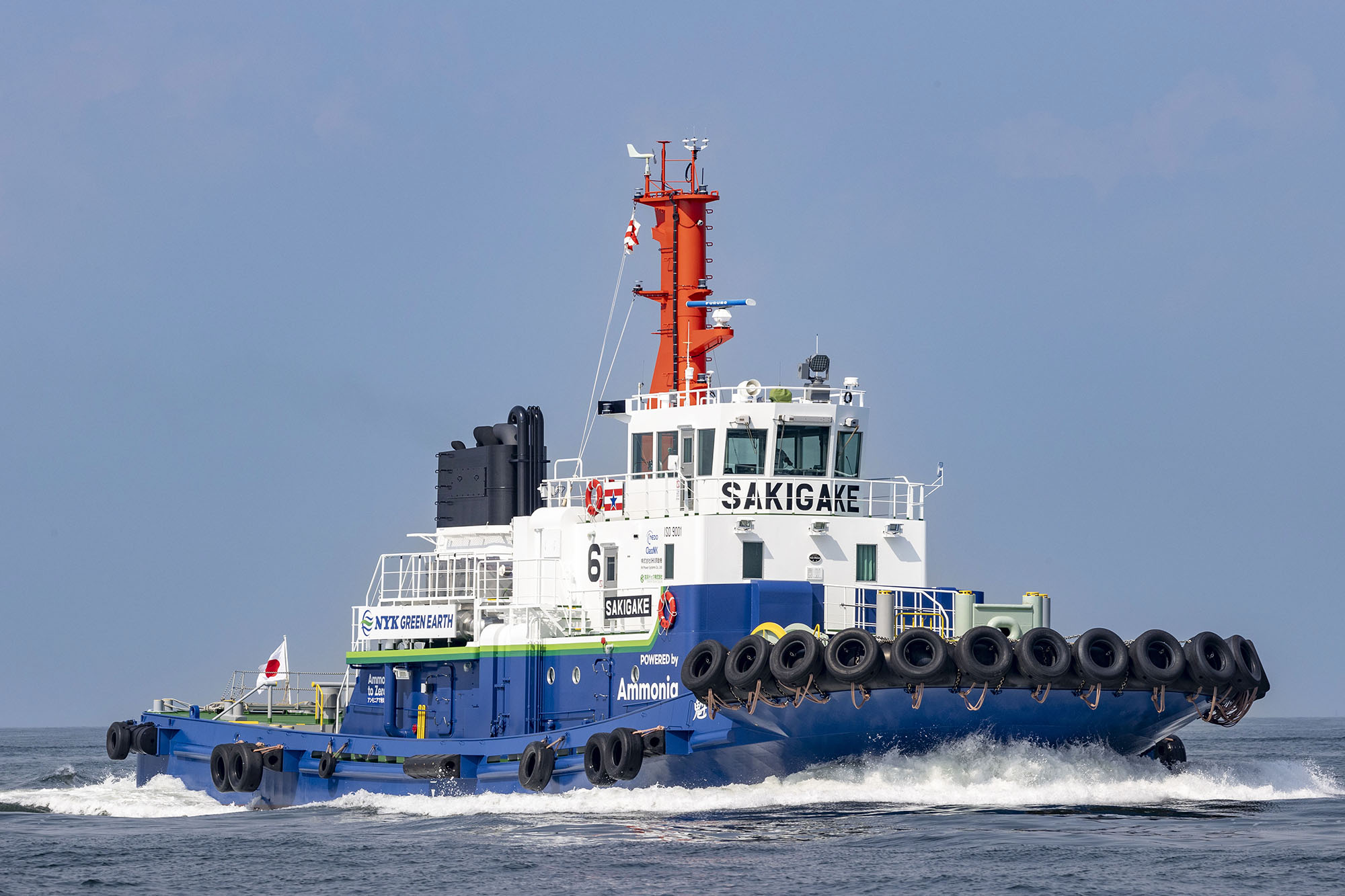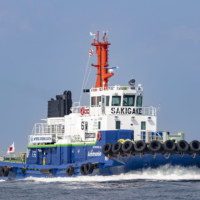Japan’s shipbuilding and maritime industries play a vital role in supporting the nation’s economic security and society. In a recent interview with The Japan Times, Keita Arakaki, director-general of the Maritime Bureau at the transport ministry, discussed the strengths that can be leveraged and the challenges that must be addressed to ensure the sustainability of these industries.
He said: “Japan’s shipbuilding industry is deeply rooted in local communities, especially in the Seto Inland Sea region. Many parts and materials are sourced from local component manufacturers. Furthermore, diverse industries such as regional financial institutions, insurance companies, and agencies have come together to form a maritime cluster, contributing significantly to job creation and supporting regional economies.”

He also stated that Japan’s economic security relies on the maritime shipping industry, emphasizing that as an island nation with limited resources, trade is a lifeline. “Shipping, which handles 99% of Japan’s trade by weight, supports its people’s livelihoods.”
Shipbuilding supports maritime transport and contributes directly to ensuring the security of Japan by constructing vessels for the Japan Maritime Self-Defense Force, the Japan Coast Guard, the police and others, Arakaki said.
The shipbuilding and shipping industries are much more than a single sector of the economy, but they also face greater and more pressing challenges than many others.
Surrounded by the sea, a country like Japan faces persistent challenges regarding resilience. Arakaki stated that if a port were to be damaged in a disaster, decisions must be made to reroute ships to other ports to deliver supplies, and swift coordination is needed to gather accurate information about the condition of roads from ports to inland areas.
Concerns during emergencies aren’t just about infrastructure. “After the Great East Japan Earthquake and the subsequent Fukushima nuclear power plant accident, some ships actually refused to come to certain Japanese ports,” Arakaki said, emphasizing that mechanisms for delivering a stable supply of goods to Japan even in emergencies must be constantly updated.
Like many other industries, the shipbuilding industry has been affected by rising costs. The key to addressing this challenge lies in absorbing costs effectively or creating products that justify higher prices with superior quality.
What are Japan’s strengths that can be leveraged here? Arakaki stated that Japanese shipbuilding companies lead those of other countries not only in traditional fields, such as precision in welding and meticulousness in finishing, but also in advanced technologies. These include autonomous navigation, remote engine monitoring systems, satellite data for route planning and zero-emission technologies in vessels powered by fuels such as ammonia and hydrogen.
The key challenge here is securing highly skilled personnel when the industry is already facing significant labor shortages. Arakaki pointed out that the development of next-generation vessels that run on new fuels requires knowledge and skills to build these ships and handle these fuels safely. For autonomous vessels, expertise in both hardware and software is essential. There is also a growing demand for personnel capable of coordinating the entire shipbuilding process and for personnel who can operate these ships.
Arakaki also believes it is essential to develop multiple technologies simultaneously and advance the practical application of these technologies. He stated that ships running on liquified natural gas and liquified petroleum gas are already in operation, and dual-fuel engines that run on both heavy oil and ammonia are being developed. These are examples of decarbonization efforts that are already underway.
However, he also pointed out that it is impossible to predict which of these new fuels will become mainstream, because there are many unknown factors such as the production volume, supply capacity and the advancement of fuel transport technology. On top of that, he said that it would be too dangerous to rely on a single solution in case supply issues arise. The entire global maritime shipping industry has a goal of achieving net-zero carbon emissions by 2050. To realize this, existing ships must be gradually replaced with vessels equipped with new technologies. A well-planned replacement strategy, accounting for the average useful service life of a ship (which is said to be about 20 years) will be necessary to balance economic viability and environmental consideration, Arakaki explained.
According to data from the transport ministry, the pace of reducing greenhouse gas emissions in Japan’s maritime shipping industry is estimated to remain slow until around 2030, but Arakaki is confident that as older vessels are replaced with zero-emission ships and the switch to new fuels progresses, the transition toward net-zero will gain speed.
The International Maritime Organization is the stage for creating international rules such as the 2050 carbon neutrality goal. Arakaki explained that proposals for new rules are first submitted by member countries to theme-specific committees. “Japan not only actively makes proposals for new rules, but also participates in the next step — the working groups — leading discussions and contributing to the establishment of international rules,” he said.
“Globally speaking, I believe the logistics sector still has significant room for growth. For Japan to secure its position and lead the world within this field, we must focus on developing new technologies, building strong relationships and communicating closely with other nations to gain influence in shaping international rules. To achieve these goals, we need to nurture the next generation of talent,” Arakaki said.





